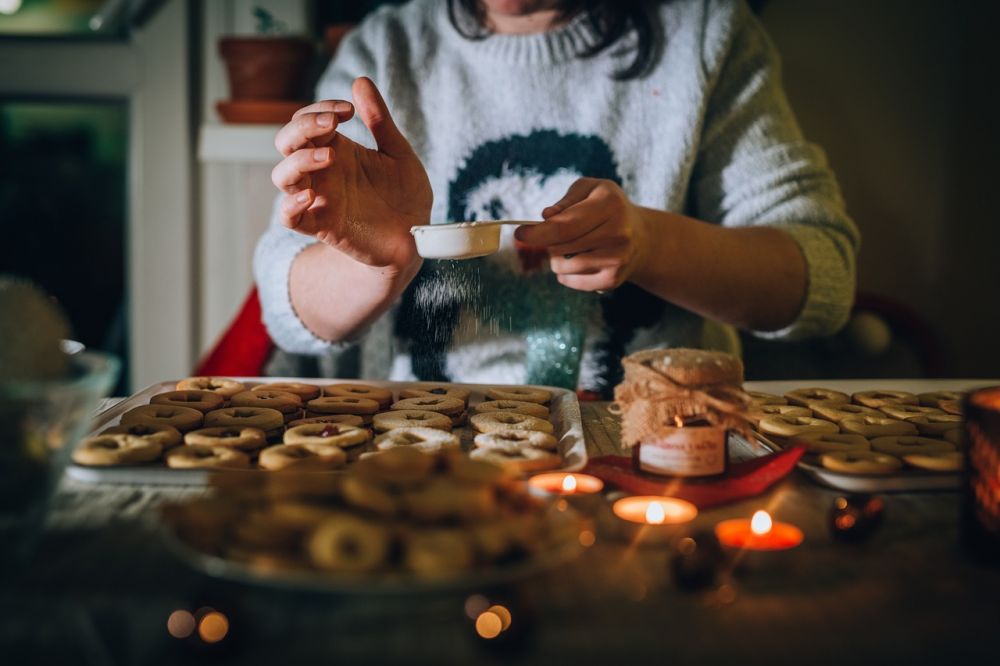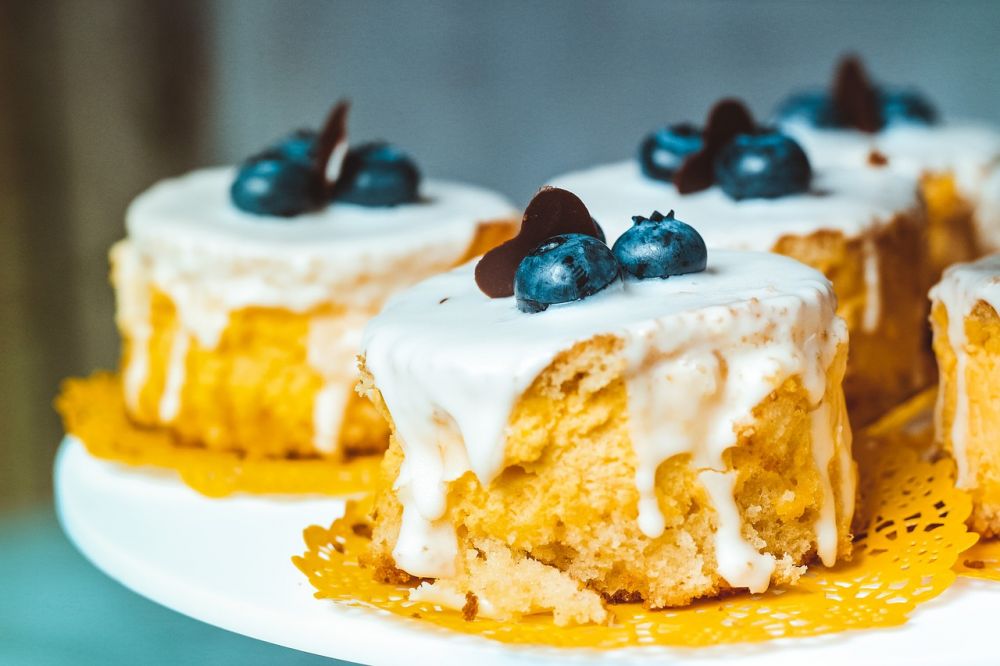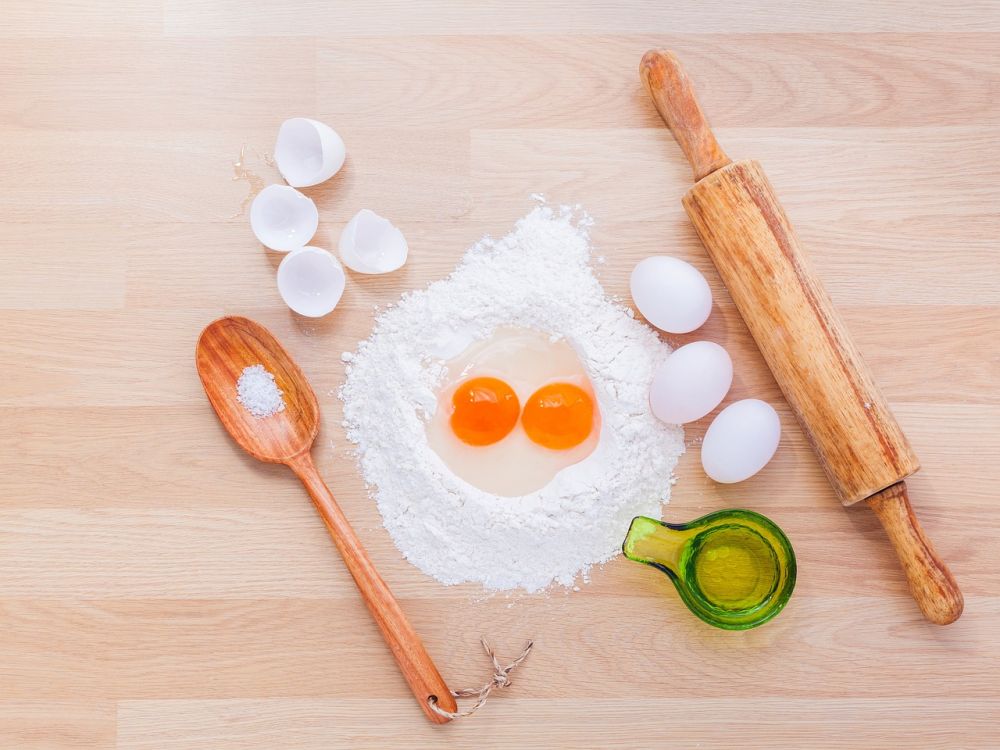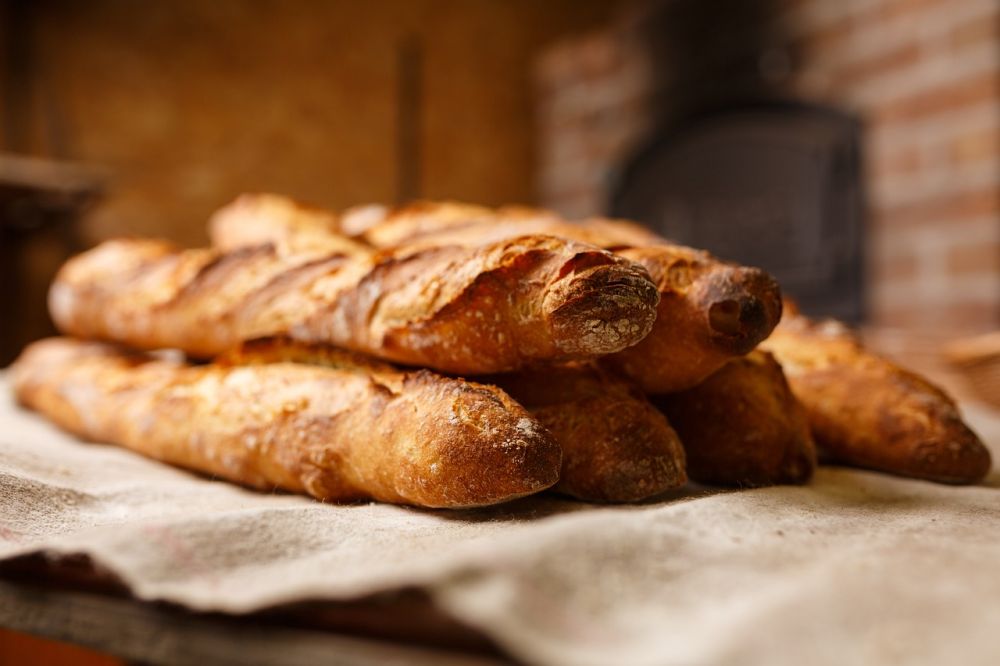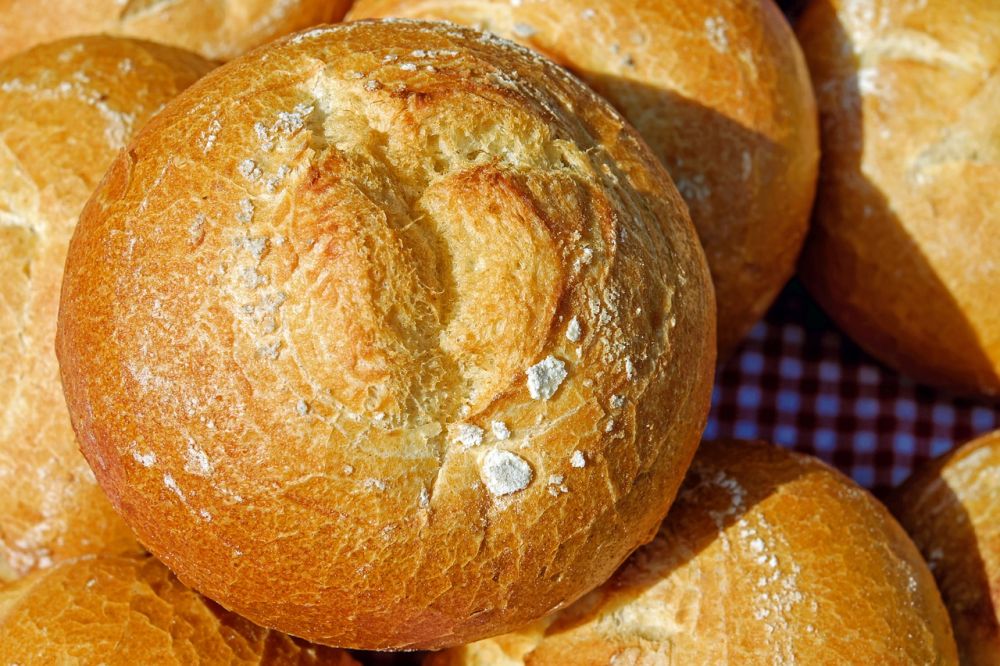Baking Cookies: A Comprehensive Guide to the Art of Creating Delicious Treats
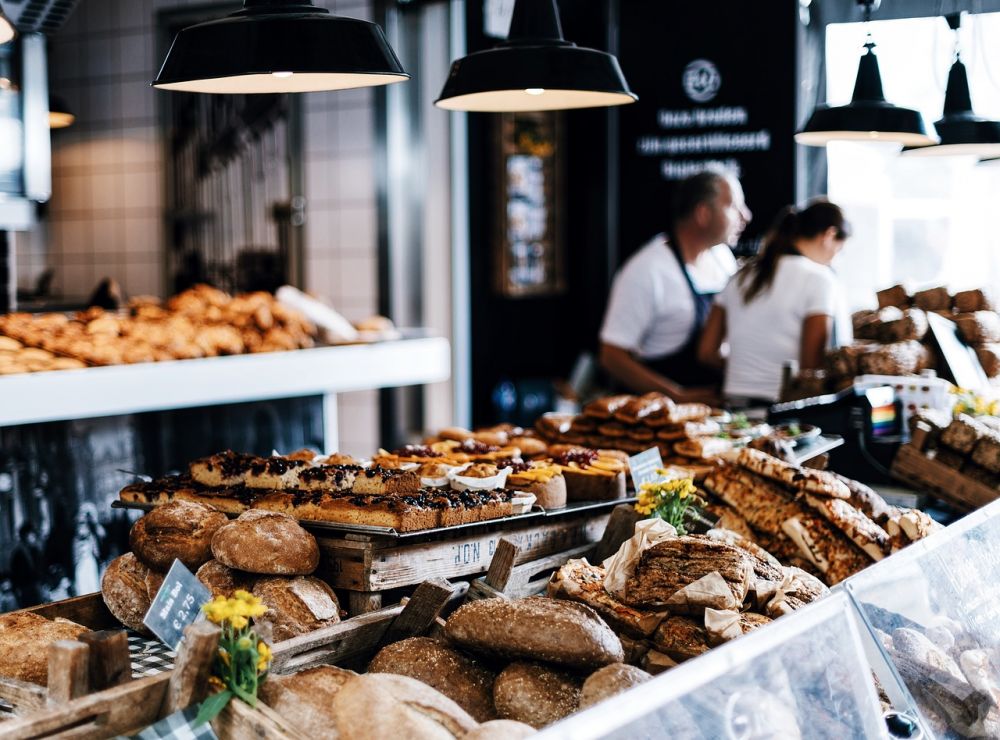
Introduction
In the world of baking, few things bring as much joy and satisfaction as the aroma of freshly baked cookies filling the air. Whether it’s the classic chocolate chip, gooey double chocolate, or delicate sugar cookies, baking these delectable treats is an art form that has captured the hearts and taste buds of people worldwide. In this article, we will explore the ins and outs of baking cookies, from the different types and flavors to its historical significance and the varying techniques used to achieve the perfect batch.
I. Understanding the Essence of Baking Cookies
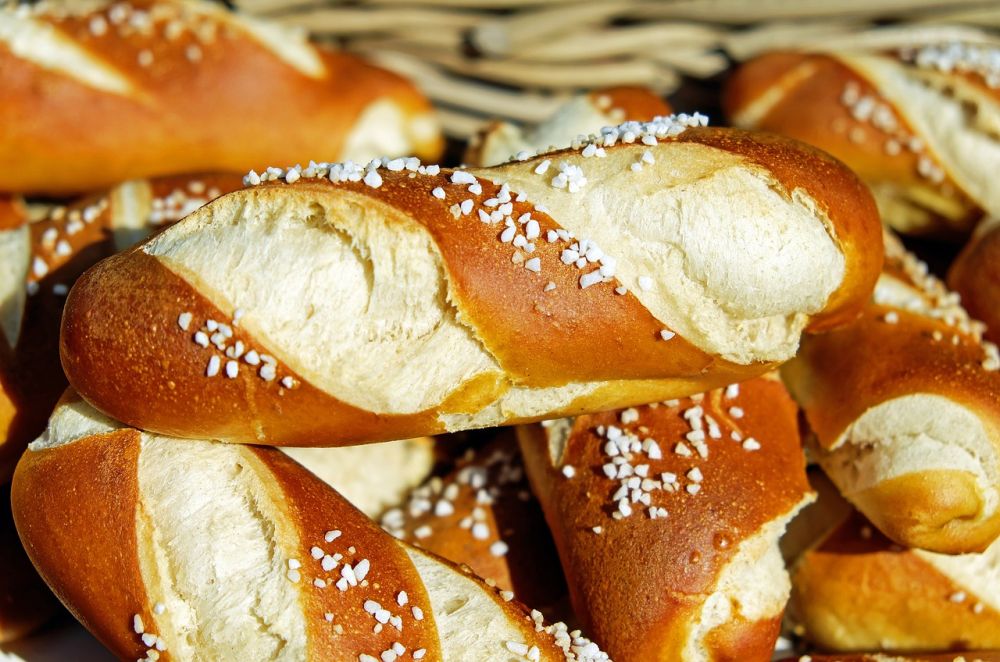
Baking cookies is the process of combining ingredients such as flour, sugar, butter, and eggs, and transforming them into flavorful, bite-sized treats. The dough is usually shaped into small rounds or dropped onto baking sheets, then baked to perfection. Cookies come in various textures, from crisp to chewy, and flavors can range from traditional to innovative combinations of ingredients. This versatility is what makes cookies beloved by people of all ages and backgrounds.
II. Exploring the World of Cookie Varieties
1. Classic Cookies:
a. Chocolate Chip Cookies: A timeless favorite that combines the richness of chocolate with a buttery, melt-in-your-mouth texture. Its versatility allows for endless variations, such as adding nuts or substituting different types of chips.
b. Sugar Cookies: Delicate and light, sugar cookies are often cut into various shapes and decorated with colorful icing or sprinkles. Perfect for holidays and special occasions, sugar cookies offer a blank canvas for creativity.
2. Fancy and Gourmet Cookies:
a. Macarons: Known for their delicate almond-based shells and creamy fillings, macarons are a luxurious treat that requires precision and finesse.
b. Biscotti: Crisp, twice-baked cookies that originated in Italy. Biscotti are often flavored with anise, almond, or chocolate, and are meant to be enjoyed by dipping them in coffee or wine.
3. Healthier Options:
a. Oatmeal Cookies: Packed with fiber and nutrients, oatmeal cookies offer a heartier and more wholesome alternative. Common additions include raisins, nuts, or even dried fruits.
b. Gluten-Free and Vegan Cookies: As dietary preferences and restrictions evolve, cookie recipes have adapted. These cookies use alternative ingredients such as gluten-free flours or plant-based substitutes, broadening their appeal to a wider audience.
III. The Science Behind Baking Cookies
To achieve the perfect cookie, precision is essential. Various factors, such as moisture content, temperature, and ingredient ratios, play a crucial role in the final product. Measuring ingredients accurately and following baking instructions carefully can make a significant difference in the outcome. Additionally, understanding the impact of ingredients like baking soda or powder, fats, and sugars on texture and flavor is key to mastering the art of baking cookies.
IV. The Distinctions Between Cookie Types
The cookie world is diverse, with each type offering unique characteristics. Differences can be observed in texture, flavor, and even appearance. Understanding these distinctions allows bakers to choose the perfect cookies for different occasions. For example, a crisp biscotti pairs perfectly with a cup of coffee, while a chewy oatmeal cookie is a delightful snack on its own or with a glass of milk.
V. A Historical Overview of Cookie Advancements
The evolution of cookie recipes is closely tied to the development of baking techniques and the availability of ingredients. From the ancient Egyptians’ use of honey-sweetened cookies to modern innovations like the chocolate chip cookie, the history of baking cookies offers insights into cultural influences, socioeconomic factors, and technological advancements. However, it is worth noting that the drawbacks of excessive sugar and unhealthy fats within cookies have also been recognized in recent years, leading to the rise of alternative recipes and healthier options.
Conclusion
Baking cookies presents a world of possibilities and delights for both novice and experienced bakers. The variety of flavors, textures, and baking techniques ensure that there is always something new to explore and enjoy. Whether it’s indulging in a classic chocolate chip cookie or experimenting with unique flavor combinations, cookies continue to hold a special place in the culinary world. So, put on your apron, preheat the oven, and let the sweet aroma of freshly baked cookies fill your kitchen a delightful treat awaits!
